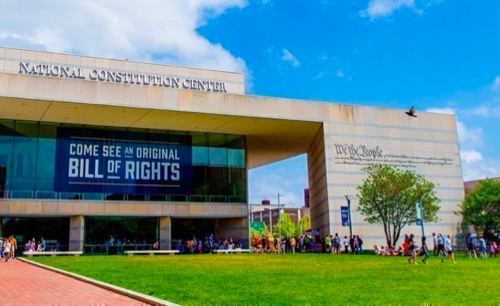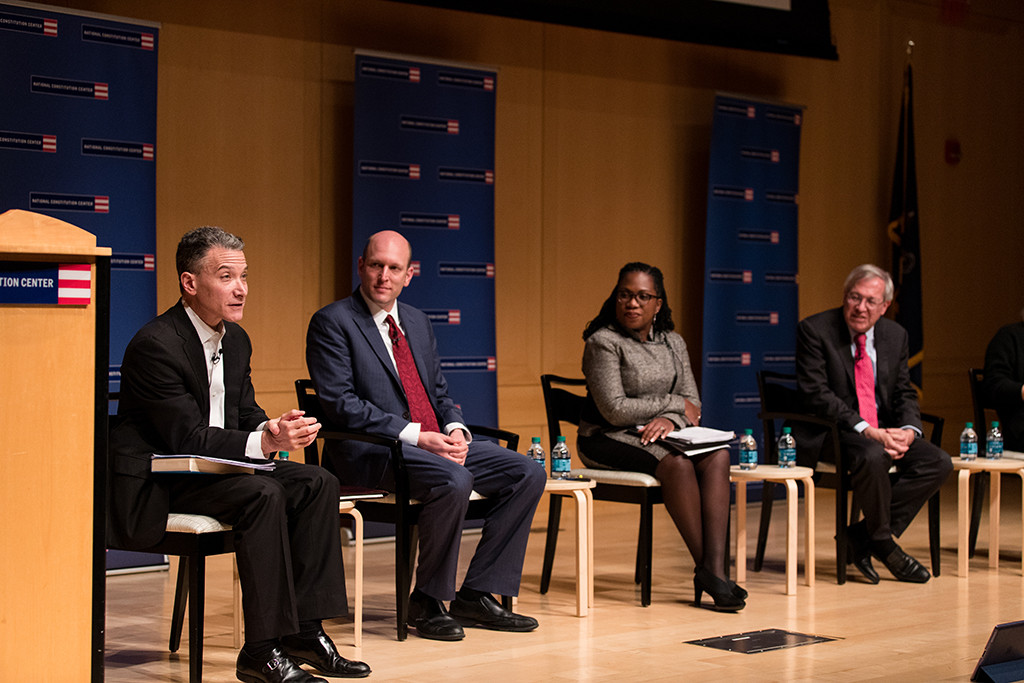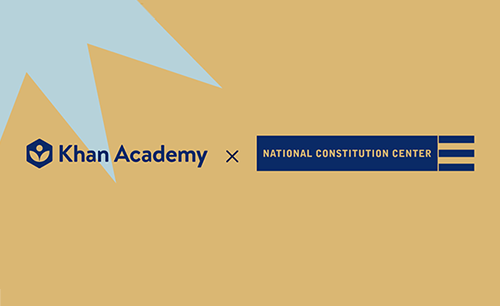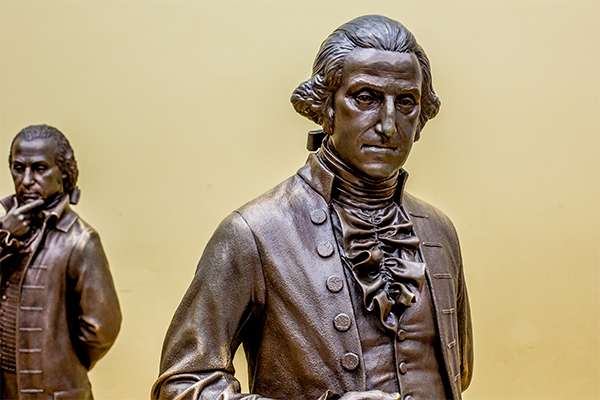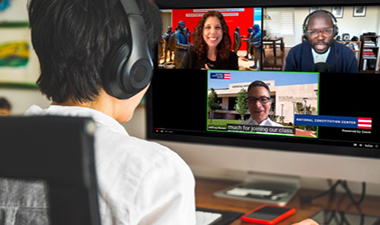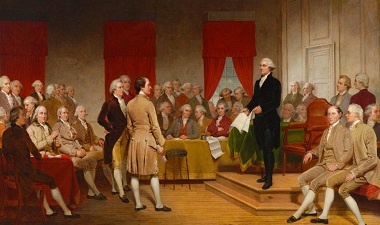Philadelphia hosted two very different national political conventions in the FDR era that reshaped the Democratic Party and saw the surprise GOP nomination of Wendell Willkie.
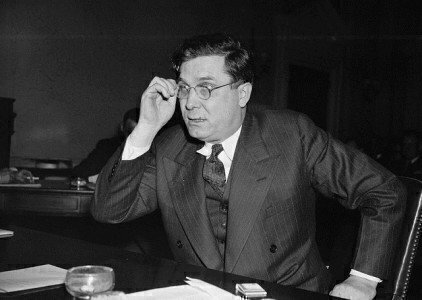 Willkie’s name has been in the news recently because of the political accession of Donald Trump. Like Trump, Willkie was a businessman with no political experience who campaigned in 1940 to become his party’s presidential nominee. But President Franklin D. Roosevelt’s renomination in 1936 in Philadelphia also had far-reaching implications for the Democrats, as it started the shift away from the southern states as their predictable “solid South” voting base.
Willkie’s name has been in the news recently because of the political accession of Donald Trump. Like Trump, Willkie was a businessman with no political experience who campaigned in 1940 to become his party’s presidential nominee. But President Franklin D. Roosevelt’s renomination in 1936 in Philadelphia also had far-reaching implications for the Democrats, as it started the shift away from the southern states as their predictable “solid South” voting base.
Links: Part One Of Series | Part Two Of Series
1936: Roosevelt maneuvers the Democrats to the left
There was little doubt that the incumbent President, Franklin D. Roosevelt, would be named as the nominee at Philadelphia’s Municipal Auditorium and Convention Hall in June 1936. The behind-the-scenes drama had been in the convention run-up, when Roosevelt and his New Deal supporters sought to minimize the influence of the conservative southern states at the convention – and within the party.
Prior to the 1936 convention, the Democrats required that two-thirds, and not a simple majority, of delegates needed to approve their presidential nominee at the convention. The rule guaranteed that the more-conservative southern states had an effective veto over any nominee, and it greatly increased the odds of extended voting.
For example, at the infamous 1924 “Klanbake” convention in New York, it took 103 ballots to choose West Virginia’s John W. Davis as a compromise candidate, but not until the Ku Klux Klan made an appearance to object to a potential nominee, New York’s Al Smith, who was Catholic.
In Philadelphia 12 years later, the Roosevelt team ensured that the 1924 experience would not be repeated. Working with James Farley, the Democratic National Committee chair, Roosevelt convinced state party leaders to endorse a “majority vote” system for Democratic conventions; the FDR team then moved to control the convention rules committee.
The convention itself lasted five days. Roosevelt was acclaimed as the nominee, without opposition, in a voice vote. The highlight was his acceptance speech in front of 100,000 people at Franklin Field.
“There is a mysterious cycle in human events. To some generations much is given. Of other generations much is expected. This generation of Americans has a rendezvous with destiny,” Roosevelt told a nationwide audience.
1940: An outsider candidate takes the Republican nomination
Four years later, the Republican convention in Philadelphia was the polar opposite of the 1936 Democratic affair. There was no expected nominee, and in fact, as many as 12 candidates were expected to fight for the delegates’ votes. The leading contenders were New York’s Thomas Dewey and Ohio’s Robert Taft, who had led in polling leading up the June 1940 convention.
But among the other contenders were newspaper publisher Frank Gannett, Michigan’s Arthur Vandenberg, former President Herbert Hoover – and Willkie.
The ultimate outsider, Willkie had been a Democrat until 1938. As a corporate attorney and utilities company president, Willkie had also fought with the FDR administration. And as Republican, Willkie gained a national following as he made speeches and earned the support of influential media figures who touted Willkie as a "fresh-faced" candidate.
Willkie also differed from most of the other candidates in that he wasn’t an isolationist and he favored American intervention, if needed, in the European war that had just seen France fall to Nazi Germany. And more than 100 “Willkie Clubs” had sprung up across the nation in the months before the convention; these grassroots organizations wanted an alternative to Roosevelt.
At Philadelphia’s Convention Hall, Willkie supporters packed the audience. Dewey led on the first ballot with 36 percent of the vote, with Willkie in third place. But polling data showed that Willkie and not Dewey or Taft, had more national support. By the third ballot, Willkie turned the tide; the Dewey and Taft supporters tried and failed to broker a compromise where one man was the presidential nominee, with the other as the vice presidential nominee. That effort failed and Willkie was named as the nominee on the sixth ballot, when Pennsylvania and Michigan supported the outsider candidate.
His win is considered one of the great surprises in political convention history. Willkie had been considered a 3 percent favorite for the nomination just one month before the Philadelphia convention. In the fall election, Roosevelt easily won an unprecedented third term in office.
